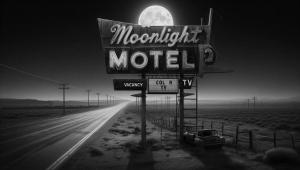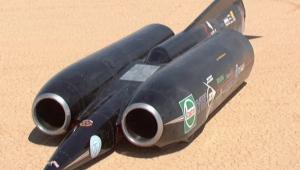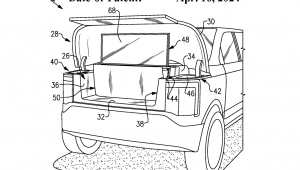Time for a Comeback

Back in the day, a TV was essentially a radio with pictures. Both used antennas to magically capture signals from the ether. Simple, elegant. Even better, those airy signals were free. Then cable came along and we all became indentured servants to a wire. The wire was not free, and it has only gotten more expensive.
Fortunately, there is a simple way to cut your monthly cable bill. Even if you need to pay for wired Internet access, you don't need to pay for TV. The secret, of course, is a simple TV antenna. It may come as a shock to some people who have forgotten it, but broadcast TV is still very much a thing. Moreover, analog broadcasting was axed years ago; today's TV is all digital.
Simply hook up an ATSC antenna and pull in free on-air stations. That won't net you 200 cable TV channels — on-air is local only — but 195 of those cable channels are junk anyway.
I know that you are rebellious by nature, but if you undertake this, you won't be alone. Sales of TV antennas rose 4% last year, and financial hard times will only drive up that number. In fact, many cable TV subscribers are — how do I put this without offending anybody — old fuddy-duddies, who continue to subscribe to cable TV out of sheer force of habit. Many kids who were born after the golden age of cable don't even think about getting cable – they go with the antenna.
If you live in an urban area, a cheap indoor antenna will probably pull in the local broadcasts. Good thing, because a more elaborate outdoor antenna might not be feasible in an urban setting. If you are suburban, you might need an outdoor antenna — a relatively easy thing on most houses. Alternatively, an antenna in the attic might be fine.
However, if you are truly rural, living miles away from the big city, or if you live in hilly terrain, you might not be able to receive the broadcasts reliably, or at all. Digital signals don't have the same reach as the defunct analog variety. On the other hand, once the signal is locked in (you're on the right side of the “cliff edge”), you'll enjoy high-quality picture and sound.
To boost the signal, many antennas come with an RF amplifier; even if you aren't in a fringe area, I generally recommend getting an amplified model. With any antenna, reception can be finicky. An antenna might be fine in one room, and not work at all in another; also, placement (for example, near a window) and directional orientation in the room might affect performance. In other words, some experimentation might be necessary. Actually, your old analog antenna might serve the purpose; however, you might need to put a new connector on the cable.
Anyway, take a look at your cable bill, and see how much you are paying, every month, for TV. Then check out the one-time cost of an antenna from Amazon or elsewhere and do the math.
Also known as rabbit ears, of course.





























































